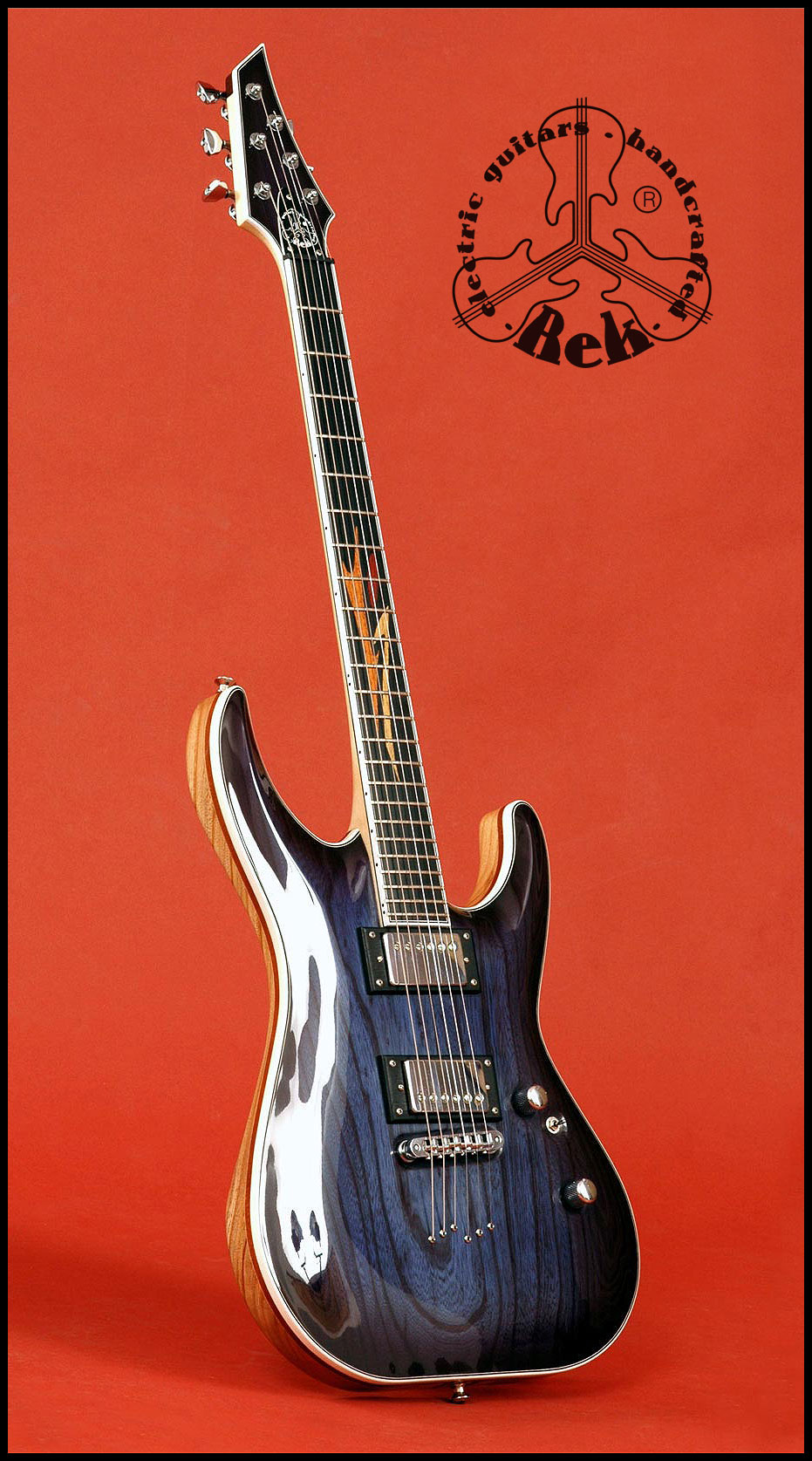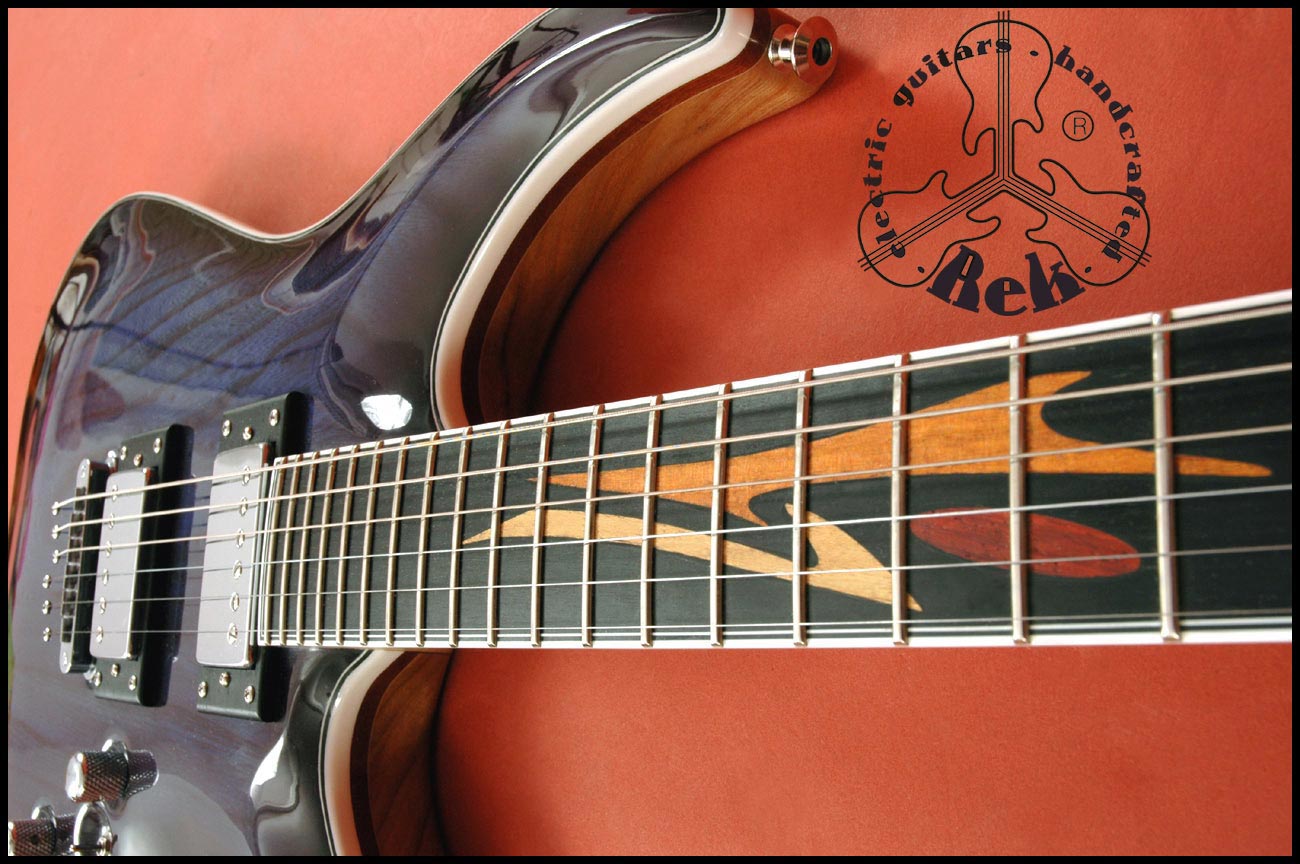MisterE
Fractal Fanatic
Thank you, thank you
And here, the continuing story of the Sister of the Blue Pointed Thing.
Chris hit a snag.
When he wanted to install the Sure Claw, the screws would protrude into the neck pickup cavity.
What to do????
Chris:


So now I only need to insert an allan key through a small hole to adjust the Sure Claw:

Chris aplied a few coats of lacquer:


And here, the continuing story of the Sister of the Blue Pointed Thing.
Chris hit a snag.
When he wanted to install the Sure Claw, the screws would protrude into the neck pickup cavity.
What to do????
Chris:
Rather than have two screws going up from the back of the cavity into the middle pickup space I decided the tap a tread into the claw and use M5 machine crews from the pickup side. This effectively clamps the claw to the wood. I also drilled three small holes into the front of the claw which allow me to screw the claw in place as well but screwing into the full width of the body.


So now I only need to insert an allan key through a small hole to adjust the Sure Claw:

Chris aplied a few coats of lacquer:






































